Meet our new Postpartum Doula and Newborn Care Specialist (NCS), Sarah!
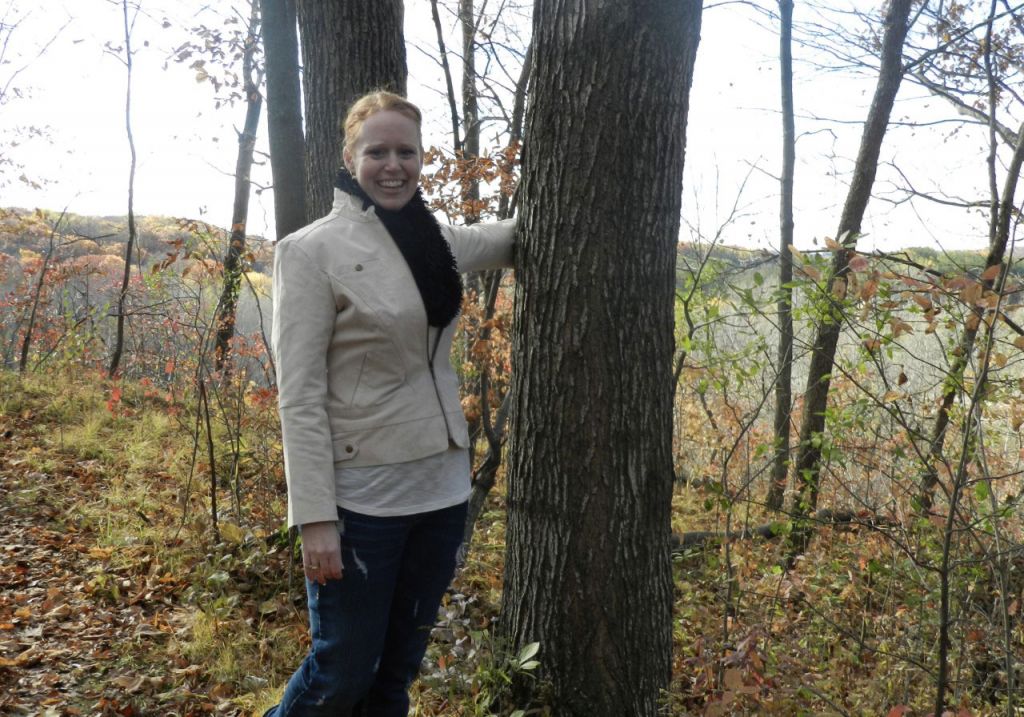
We hope you enjoy getting to know Sarah in our Q&A blog! Sarah serves families in West Michigan as a certified Newborn Care Specialist. She offers day and overnight newborn support. 1) What did you do before you became a newborn care specialist? I have worked in the field of Early Childhood for 20 […]
Meet Mya, Our Newest Postpartum Doula!
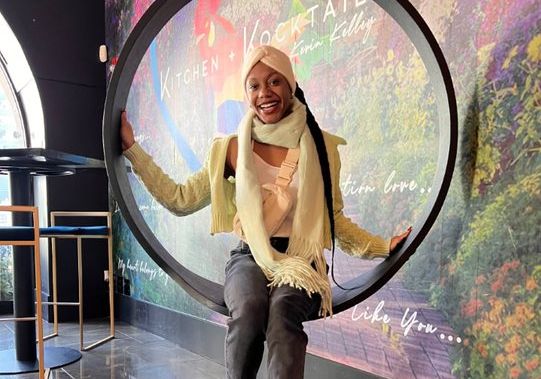
Meet Mya, Our Newest Postpartum Doula! As you know, when we bring a new person onto the Gold Coast team, we love to find out more about them and share that with you! Let’s find out more about Mya. 1) What did you do before you became a postpartum doula? Before becoming a doula, I […]
2022 Reflections
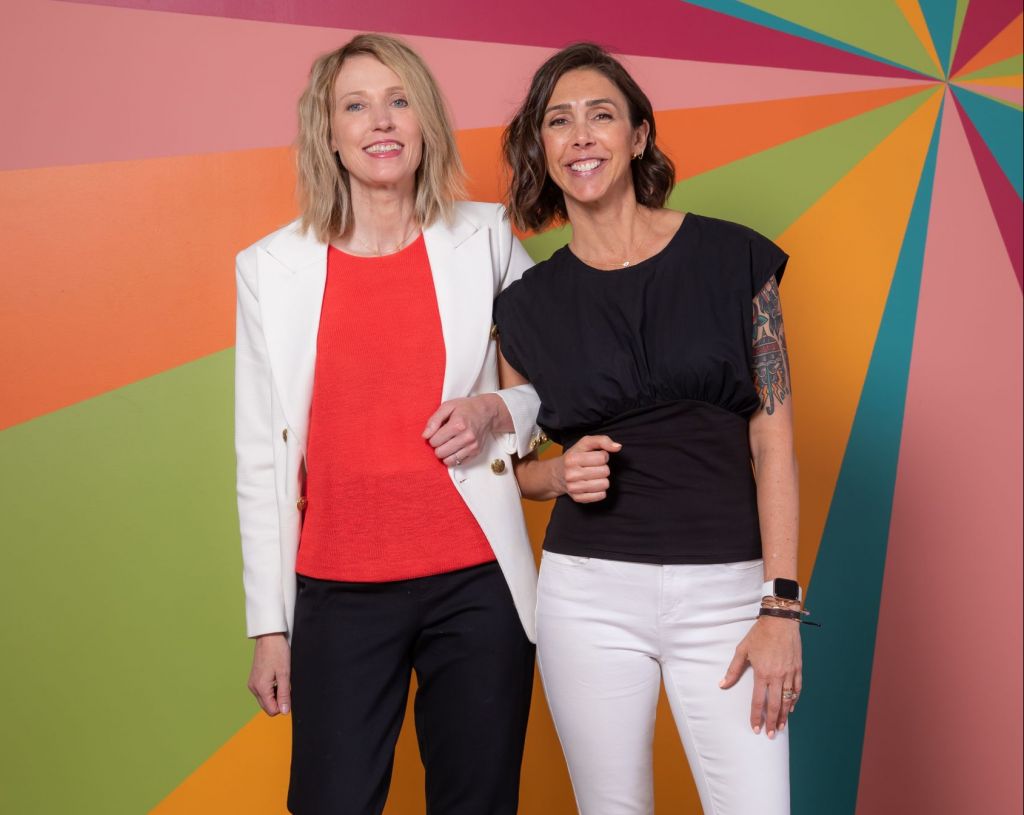
2022 Reflections: Whew! Our word of the year for 2022 was changed. Gold Coast announced an expansion for day and overnight postpartum support to Northern and Southwest Michigan in April. Alyssa Veneklase transitioned from co-owner to subcontractor at Gold Coast in August. She still leads the Becoming A Mother course with Kristin and teaches at […]
Meet our new Postpartum Doula, Jene’e!
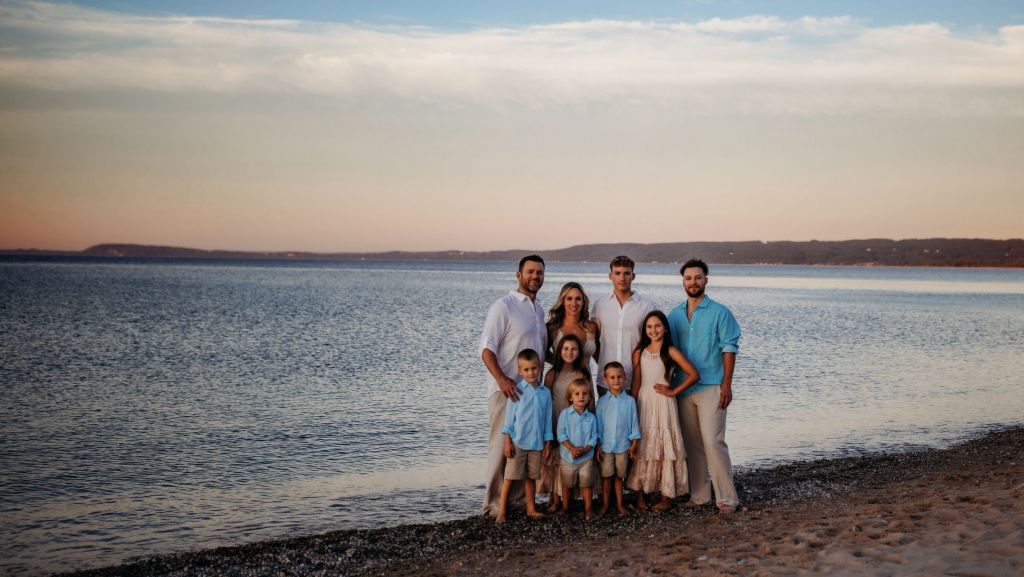
1) What did you do before you became a doula/consultant? For many years, I primarily have been a “domestic engineer”, a stay-at-home mom. Although in some of those years, my family has owned a few restaurants, and I helped there when I was needed. 2) What inspired you to become a doula/consultant? Becoming a mama […]
2022 Diaper Drive Numbers Are In!
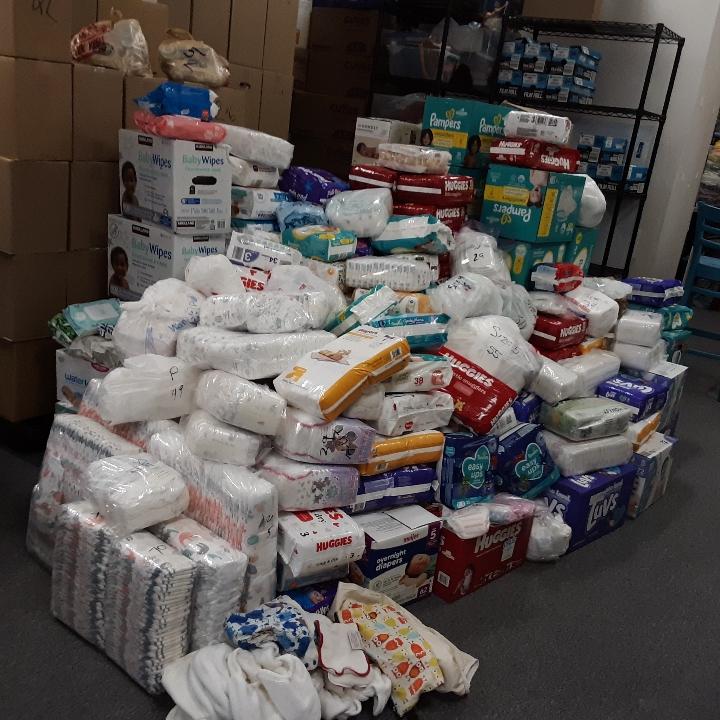
The final numbers are in for the Gold Coast Doulas LLC diaper drive for Nestlings | Diaper Bank of West Michigan. We collected 11,133 disposable diapers and 97 packs of wipes. These diapers are packed in groups of ten to impact families in need. We are thankful to all of our clients and community members who donated from September 1st to October 2rd during […]
My family is growing, and my home needs to as well!
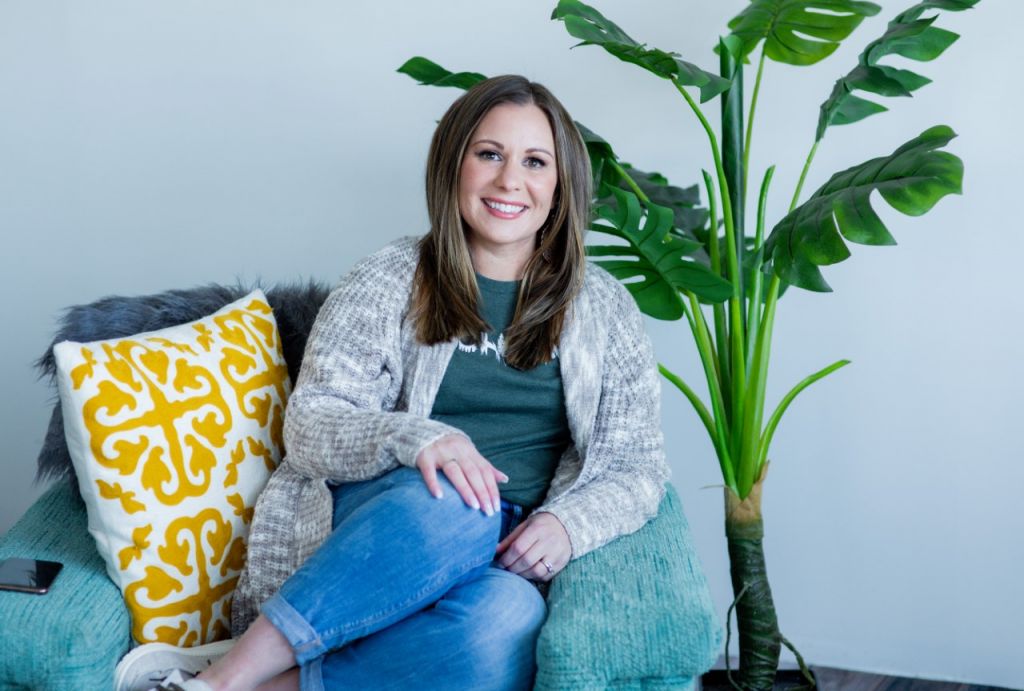
Need a bigger house but don’t know where to start? The idea of finding a house that checks all the boxes while you’re growing your family sounds daunting. I promise we can make it happen. Have you been to Target multiple times to buy new storage containers, totes, and any other organization hacks, but still […]
What I Wish I Knew: Podcast Episode #104
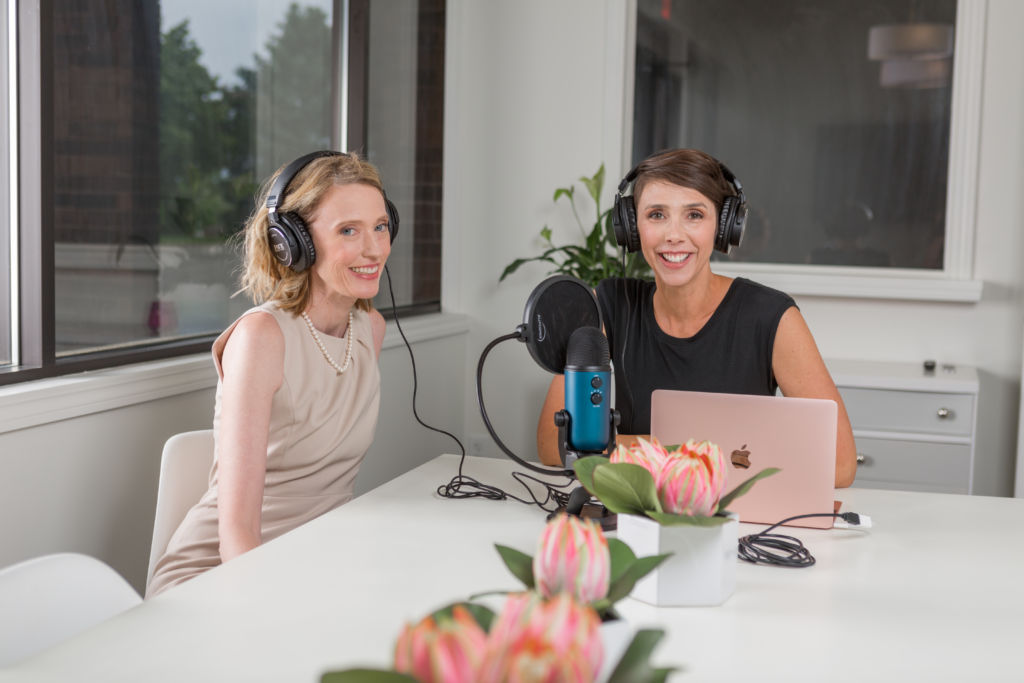
Kristin and Alyssa, owners of Gold Coast Doulas, talk about the things they wish they had known before having a baby. Listen to this fun episode packed with advice and lots of little gold nuggets of information for new parents! You can listen to this complete podcast episode on iTunes or SoundCloud. Kristin: Welcome to […]
Saturday Series of Classes: Podcast Episode #102
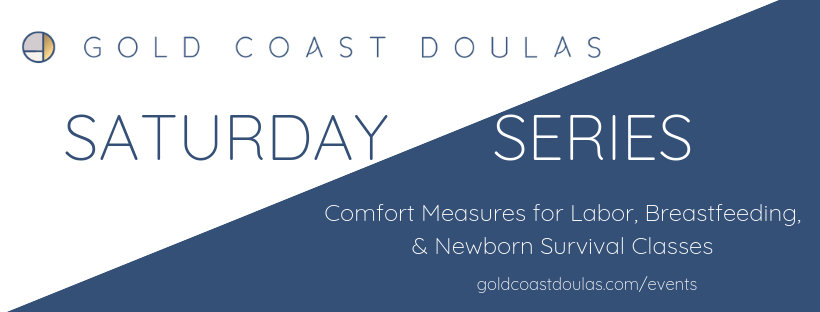
Kristin Revere, Kelly Emery, and Alyssa Veneklase talk about their Saturday Series of classes offered through Gold Coast Doulas. Each goes in to detail about what their classes cover including Comfort Measures for Labor, Breastfeeding, and Newborn Survival. You can listen to this complete podcast episode on iTunes or SoundCloud. Kristin: Welcome to Ask […]
Podcast Episode 100!
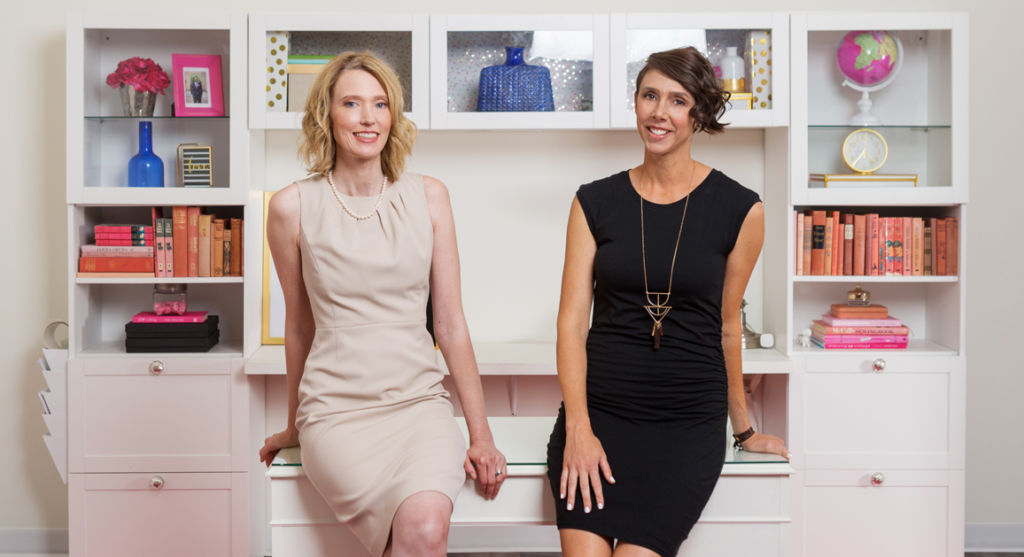
It’s the 100th episode! Alyssa and Kristin, co-Owners of Gold Coast Doulas, talk about what the past two and a half years of podcasting has looked like, how the podcast has changed, how the business has changed, how services have pivoted in the midst of the COVID-19 pandemic, and how they are playing their part […]
Mental Health Awareness Month: Podcast Episode #97

Dr. Nave now works with queens through her virtual practice Hormonal Balance. Today she talks to us about hormones and how they affect our mental health, including the baby blues and postpartum depression. You can listen to this complete podcast episode on iTunes or SoundCloud. Alyssa: Hi. Welcome to Ask the Doulas Podcast. I am […]
Planning a Nursery During the COVID-19 Pandemic
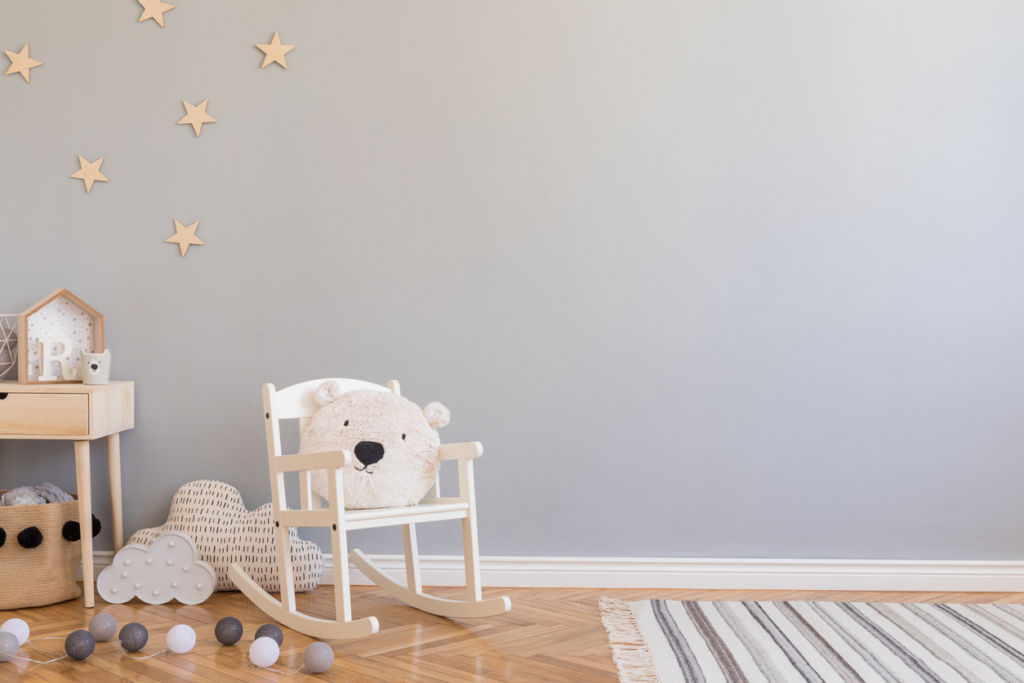
Today’s guest blog is written by Isabella Caprario, Content Marketing Specialist at Porch. During the COVID-19 pandemic, we all feel uncertainty. We don’t know what will happen or what steps to take next. We only know that the best way to end this madness is to sit at home and take all the necessary precautions […]
The Swaddelini Swaddle: Podcast Episode #93
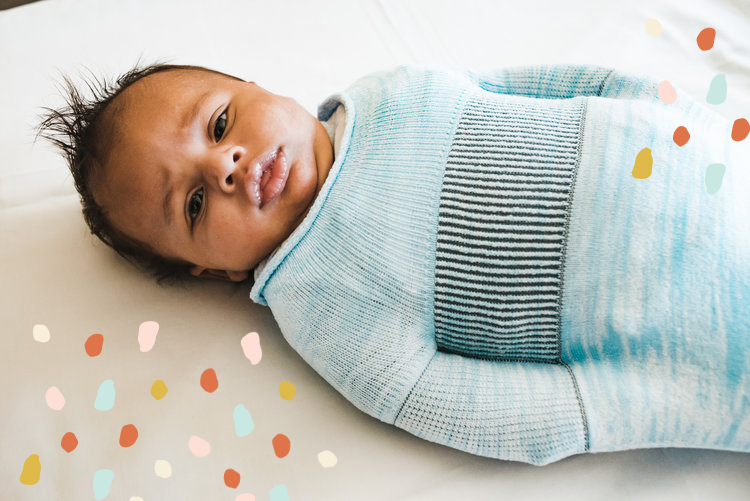
Liz Hilton, founder of Swaddelini, tells us about the unique process she uses to create her amazing swaddle and why her swaddle is different. You can listen to this complete podcast episode on iTunes or SoundCloud. Kristin: Welcome to Ask the Doulas with Gold Coast Doulas. I’m Kristin. Alyssa: And I am Alyssa. Kristin: And […]
Birth Photography: Podcast Episode #92
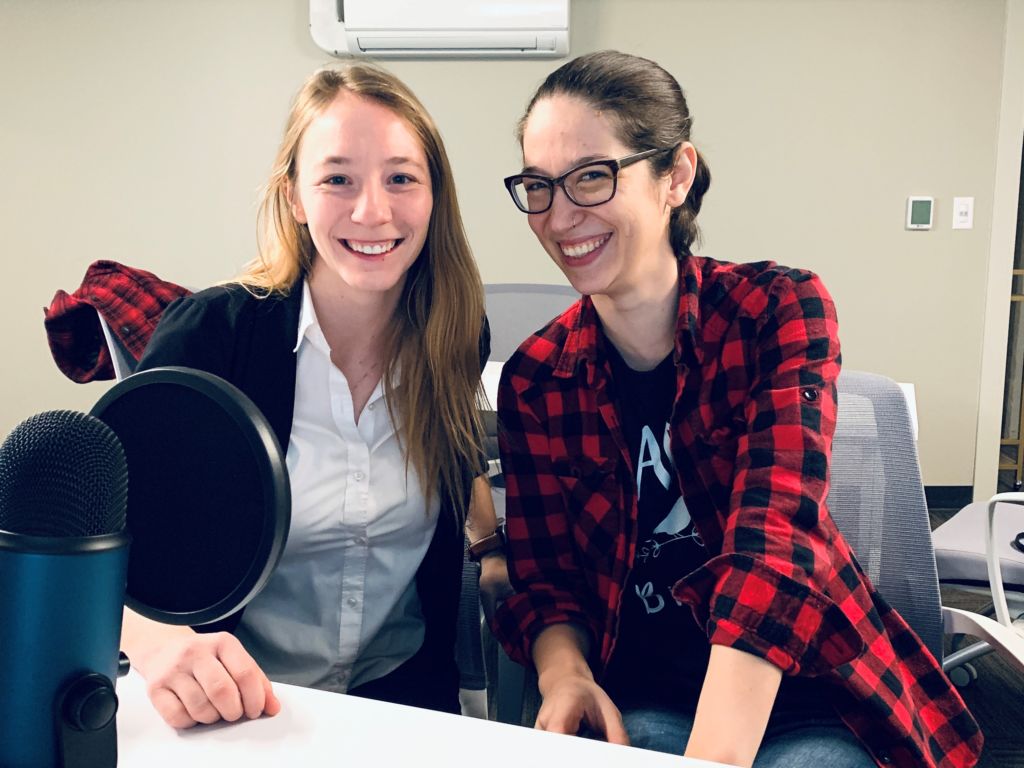
Photographers Kris and Autumn of The People Picture Company answer questions about birth photography, what a photographer actually does in the delivery room and how the process works for hiring a photographer and talking about birth plans. You can listen to this complete podcast on iTunes or SoundCloud. Alyssa: Welcome to the Ask the Doulas […]
Baby-Friendly Hospital Initiative: Podcast Episode #89
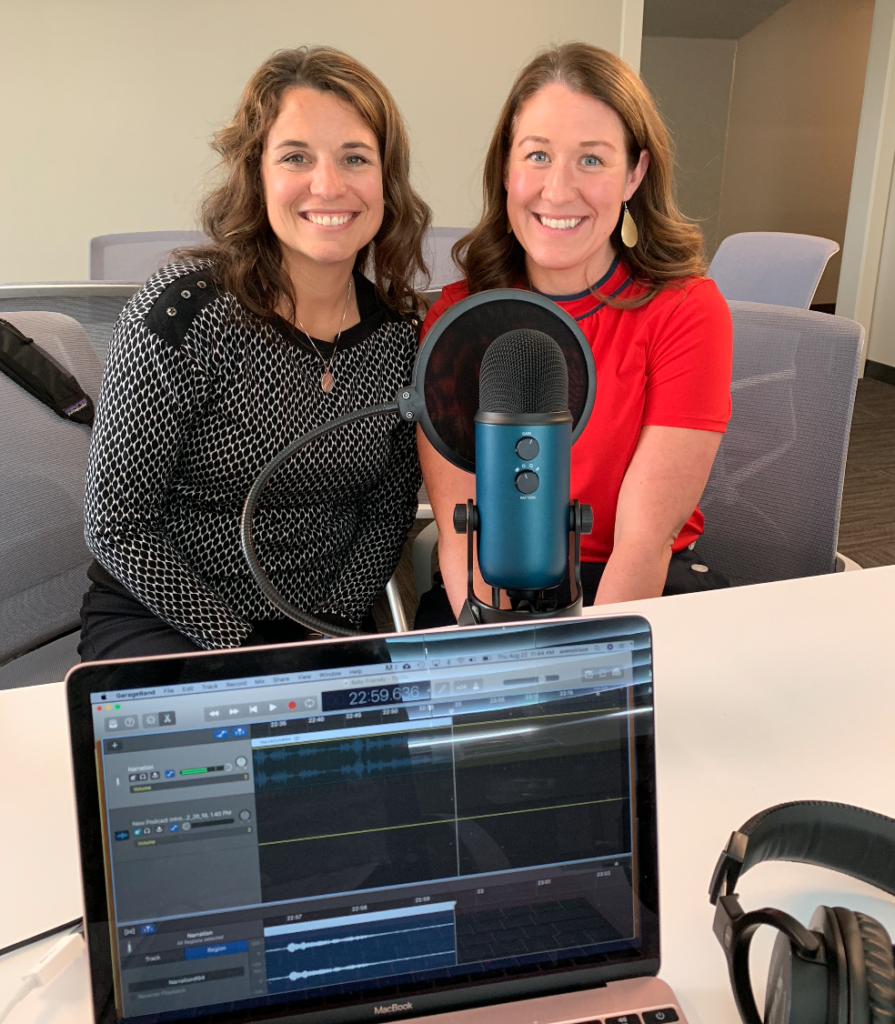
Today we speak with Katie and Becky from Spectrum Health in Grand Rapids about what it means to be a designated Baby-Friendly hospital. You can listen to this complete podcast episode on iTunes or SoundCloud. Kristin: Welcome to Ask the Doulas with Gold Coast Doulas. I’m Kristin, co-owner, and I’ve got Alyssa here. And we’ve […]
Gold Coast Doulas 4th Annual Diaper Drive
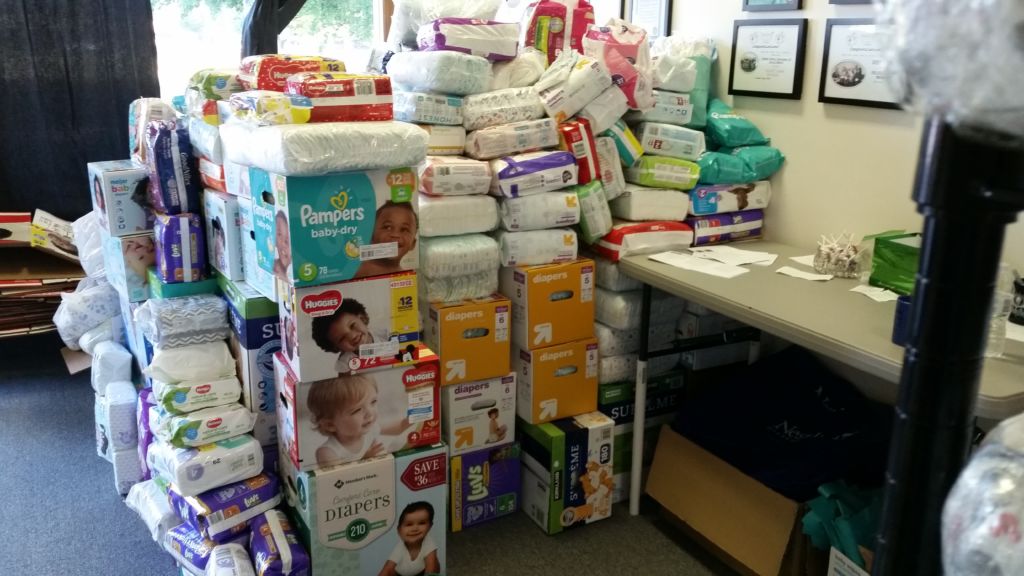
Gold Coast Doulas is holding our 4th annual Diaper Drive from September 1st to October 1st, 2019. Giving back is an important foundation of our business; clean diapers make a huge impact on the heath of new families. Diaper need is something that goes almost completely unrecognized, but 1 in 3 babies suffer in dirty […]
7 Ways To Save Money When Having A Baby

Emily Graham is the creator of mightymoms.net. She believes being a mom is one of the hardest jobs around and wanted to create a support system for moms from all walks of life. On her site, she offers a wide range of information tailored for busy moms — from how to reduce stress to creative […]
Gaby’s Birth Stories: Podcast Episode #77
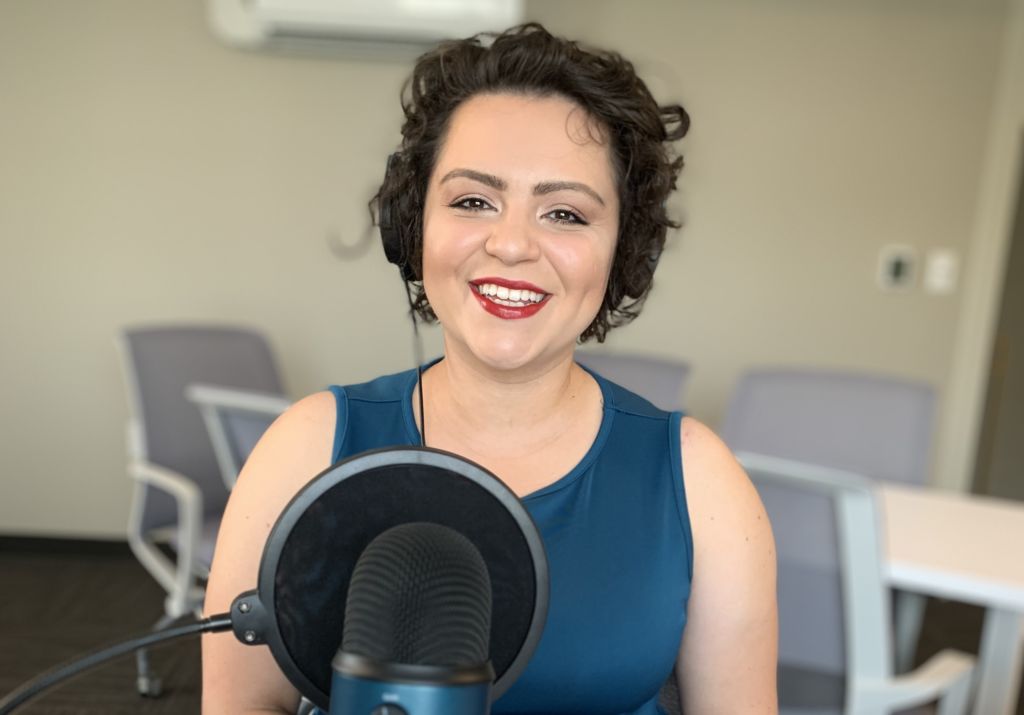
Gaby is a local business owner in Grand Rapids and talks to Alyssa about the birth stories of both of her children. You can listen to this complete podcast episode on iTunes or SoundCloud. Alyssa: Hi, welcome to Ask the Doulas podcast. I am Alyssa and I’m excited to be here with Gaby today. How […]
HOW TO TAKE A SOCIAL MEDIA BREAK ON MATERNITY LEAVE
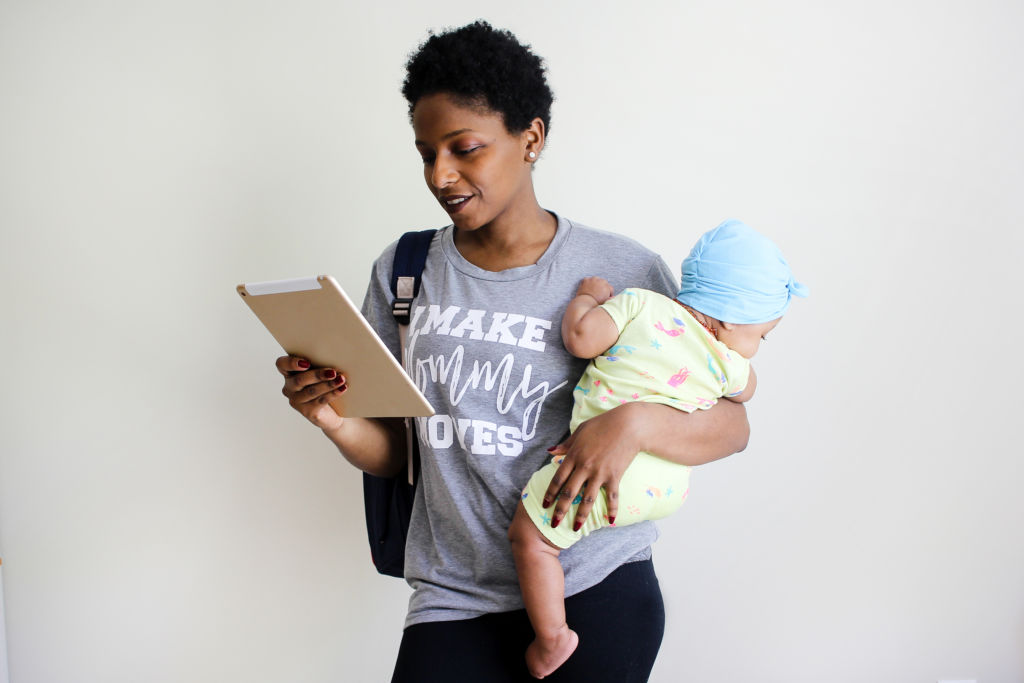
We are so very excited to share this guest blog with you because not only is the author an amazing mother and entrepreneur, but she is also a past client. With over 10 years experience in social media strategy and digital marketing, Chris found her purpose after having her daughter. Pre-baby, she was a self-proclaimed […]
Benefits of A Postpartum Doula and Why Should You Hire One?
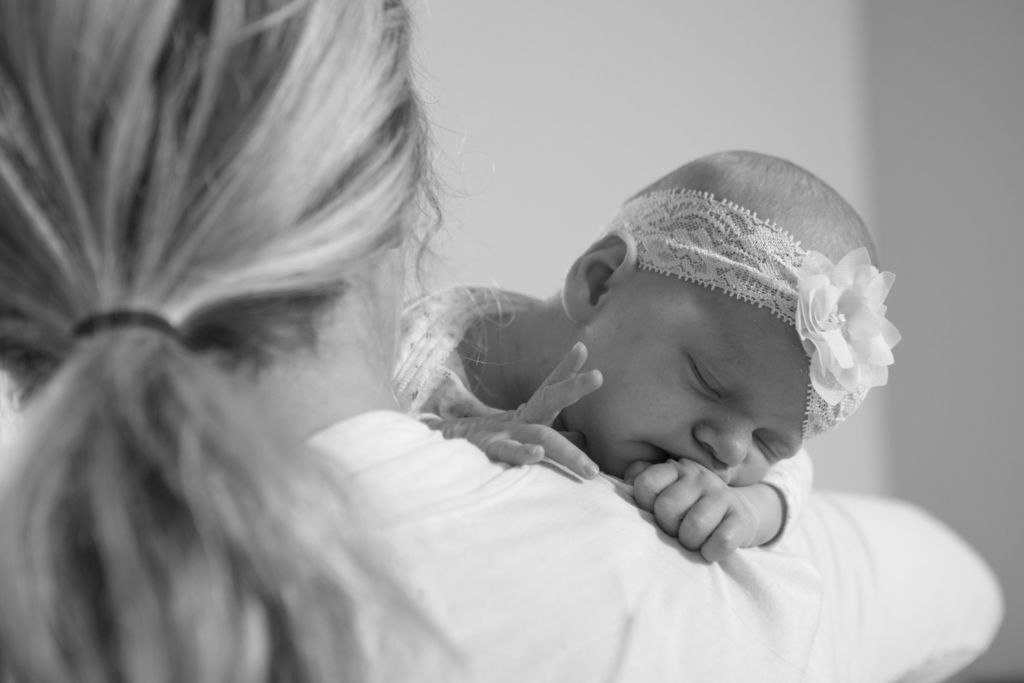
Author Bio: Roselin Raj is a journalist and a writer. She has been writing extensively on health and wellness related topics for over a decade. Besides her professional interests, she loves a game of basketball or a good hike in her free time to fuel her spirits. “Health is wealth” is one motto of life […]
HypnoBirthing Baby – Wesley

We love getting birth stories from clients! This is a beautiful story from one of Ashley’s HypnoBirthing students. Through all of the unknowns of labor and delivery for a first time parent, this mom describes her birth experience and how relaxing and keeping calm throughout eliminated any room for fear. Wesley Thomas Sarazin was born […]
Babies! Babies! I could watch these precious babies all day!

Today’s guest blog comes from Jessica White of 4D Moments Ultrasound Studio. Who does not love the sweet face of a brand new baby?! A dreamy smile…a big yawn…a goofy open-mouthed grin. Oh, or one of those precious baby stretches where their little lips pooch out and their knees pull up to their bellies and […]
Your Trusted Birth Team

We all know that becoming a parent is difficult, but most first time parents don’t really have a full understanding of how hard it will be until they’re in the midst of it. They may encounter fertility struggles or miscarriages; they realize that planning during pregnancy takes a lot of work; they have to find […]
Expert Sleep Tips For Your Child (And You)!

Many of the tips I give parents during a sleep consult for their child apply to them as well. Although a baby’s sleep cycle is different from a toddler’s, and both are different than an adult’s, let’s talk about a few tips that apply to everyone and some that definitely do not! Sleep tips for […]
Podcast Episode #63: What is a Speech Therapist?
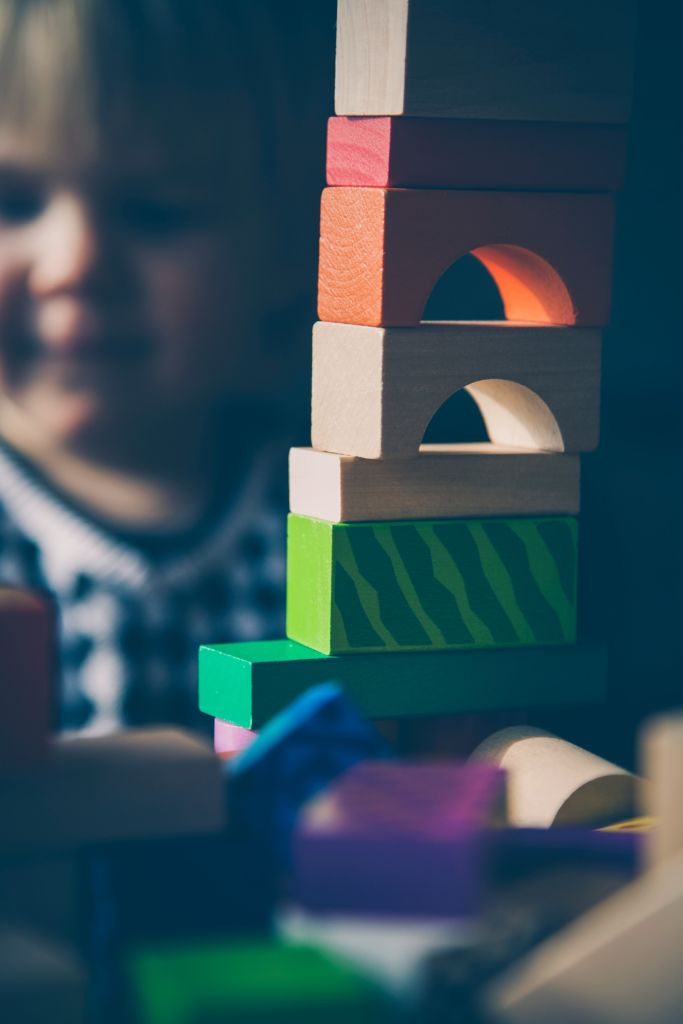
We’ve all heard of a speech therapist but what do they actually do? In this episode, Courtney Joesel of Building Blocks Therapy Services tells us how speech and language services can benefit a child and why, if you notice signs of speech delay, it’s important to have your child seen earlier rather than later. She […]
